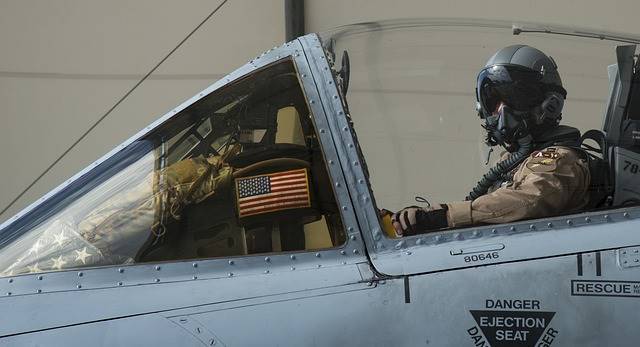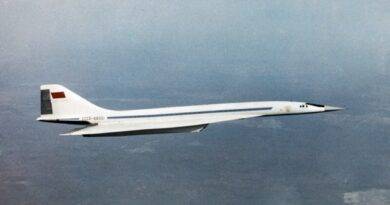Gender Equality in Aviation: Progress, Challenges, and Reports
Gender equality has been a pressing issue in various industries, and aviation is no exception. Historically, the aviation industry has been predominantly male-dominated, with women facing numerous barriers to entry and advancement. However, in recent years, there have been significant efforts to promote gender equality and empower women within the aviation sector. This article explores the progress made, the challenges faced, and provides an overview of reports on gender equality in aviation.
Progress in Gender Equality
Increasing Representation: Over the past decade, there has been a noticeable increase in the representation of women in aviation. More women are pursuing careers as pilots, air traffic controllers, aerospace engineers, and other roles traditionally dominated by men. This trend is partly a result of awareness campaigns, scholarships, and mentorship programs aimed at encouraging women to enter the field.
Leadership and Mentorship Programs: Aviation organizations and industry leaders are actively promoting GE through leadership and mentorship programs. These initiatives aim to develop a pipeline of women leaders by providing guidance, support, and opportunities for career advancement. By empowering women in leadership positions, the industry is fostering a culture of inclusivity and paving the way for future generations.
Leading the Flight: Female Aviation Powerhouses
While Amelia Earhart is a renowned aviation icon, there are many present-day leaders making waves. Yvonne Makolo, CEO of Rwandair and the first woman to chair the International Air Transport Association (IATA), exemplifies this. These accomplished women are breaking barriers and shaping the future of aviation.
Challenges and Obstacles
Stereotypes and Bias: Despite progress, gender stereotypes and biases persist in the aviation industry. Women often face preconceived notions about their ability to perform certain roles, such as flying large commercial aircraft. Overcoming these stereotypes and challenging biases requires a concerted effort from industry stakeholders, including educational institutions, aviation companies, and regulatory bodies.
Work-Life Balance: The demanding nature of aviation careers can pose challenges for women, particularly those who wish to start families. Balancing work responsibilities with personal commitments and childcare can be difficult, leading to a potential career hurdle. Implementing policies that support work-life balance, such as flexible scheduling and parental leave, can help address this issue and attract and retain female talent.
Reports on Gender Equality in Aviation
International Civil Aviation Organization (ICAO): The ICAO is a specialized agency of the United Nations responsible for aviation standards and regulations. It has published several reports and guidelines on gender equality in aviation. Notably, the “Gender Equality in Civil Aviation Report” provides an overview of the current state of gender equality in the industry and offers recommendations for promoting equal opportunities.
International Air Transport Association (IATA): As the trade association for the world’s airlines, IATA recognizes the importance of GE in aviation. Their report, “Women in Aviation – Industry Outlook 2023,” highlights the progress made and identifies areas where further action is needed. It also includes case studies and best practices from airlines working towards gender parity.

Women in Aviation International (WAI): WAI is a nonprofit organization dedicated to the advancement of women in aviation. They publish an annual report, “Women in Aviation International Annual Report,” which showcases success stories, research findings, and initiatives promoting GE. The report serves as a valuable resource for those interested in understanding the current landscape and inspiring change.
Conclusion
Gender equality in aviation is an ongoing journey that requires collective efforts from individuals, organizations, and the industry as a whole. While progress has been made, challenges such as stereotypes and work-life balance must be addressed to ensure equal opportunities for women in all areas of aviation. The reports mentioned above offer valuable insights and guidance for promoting gender equality, empowering women, and creating a more inclusive aviation industry.
References:
- International Civil Aviation Organization (ICAO). (Year). “Gender Equality in Civil Aviation Report.”
- International Air Transport Association (IATA). (Year). “Women in Aviation – Industry Outlook 2023.”
- Women in Aviation International (WAI). (Year). “Women in Aviation International Annual Report.”
- https://www.icao.int/Meetings/global-aviation-gender-summit-2023/Documents/Concept-Note-Global-Aviation-Gender-Summit-2023-Final.pdf


